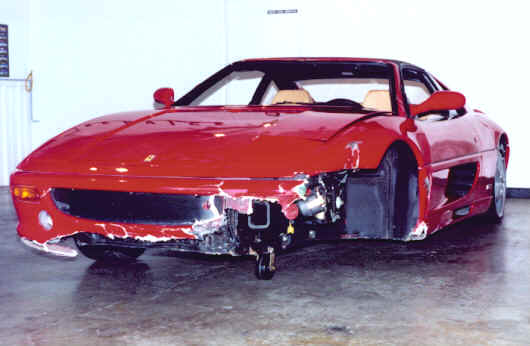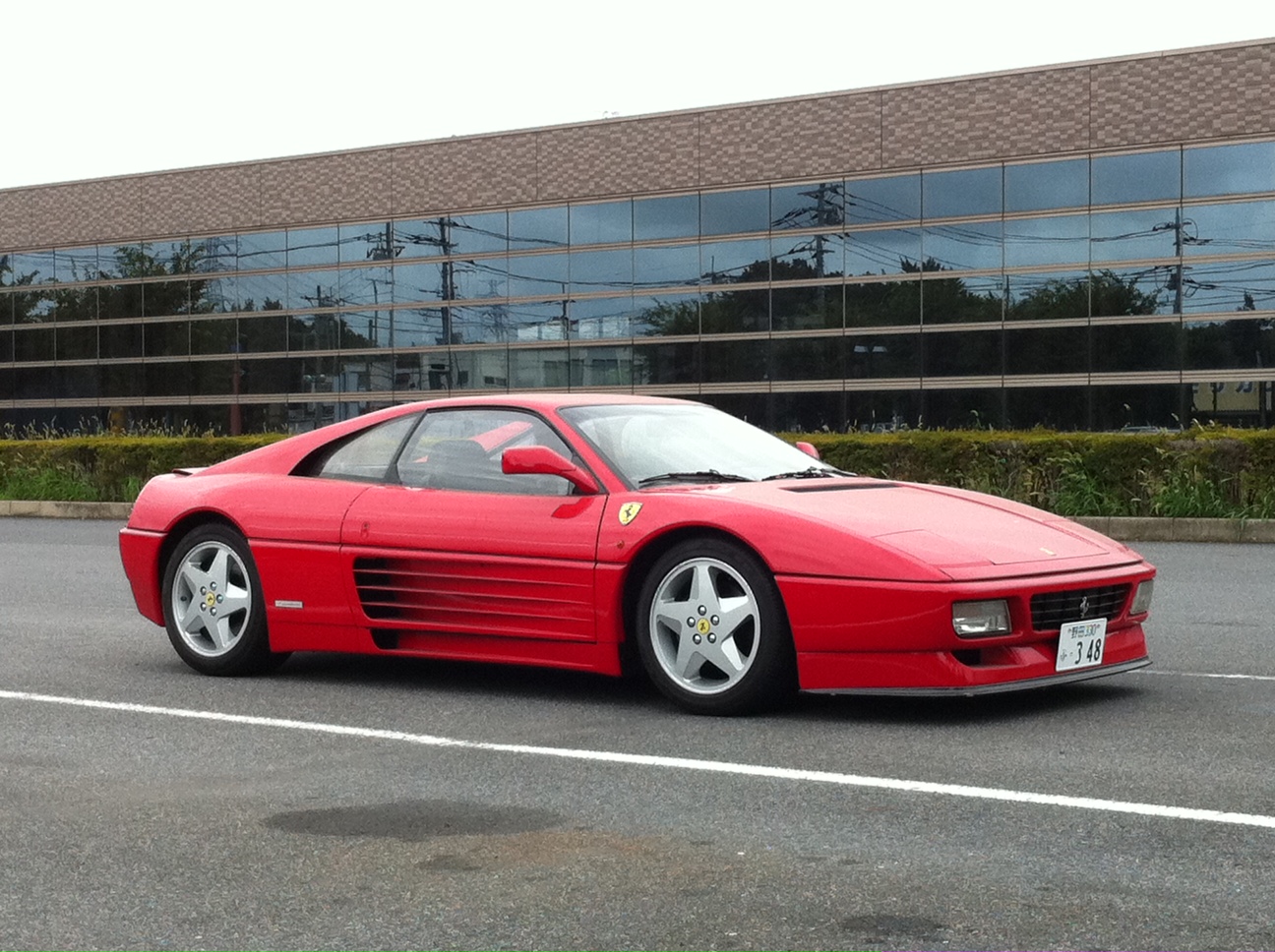
Eight years in the past, Terry Yamaguchi paid $5,000 for a bright orange 1973 Datsun 240Z. A duo of years later, she sold the car for a not very added than she paid for it.
If only she had kept it.
Now, that car is worth $20,000, the vintage car collector said.
Its not just the 240Zs. The assess of Japanese classic cars has skyrocketed in recent years. A pristine Toyota Celica from the early 1970s container loss up to $20,000. A well-maintained Datsun 510 might go for as a lot as $25,000.
And a Toyota 2000GT? Dont ask.A pristine 1967 version of the sports car sold at auction for almost $1.2 million in May 2013, a record for a Japanese classic.
A 1968 model sold this month at an auction in Monaco for just over $1 million.
The pleasing coupe was Japans first supercar, targeting Americas Chevrolet Corvette and Britains Jaguar XKE. Only 350 were prepared, in carve up because, at $7,000, they loss thousands added than the antagonism. Only 54 of the cars were imported to the United States with left-hand drive, meaning the steering swing is on the left.
The $1.2-million sale is hardly top buck at a classic car auction. Ferrari Testarossas have sold for added than $16 million. Last summer, a 1967 Ferrari 275 N.A.R.T. Spider fetched $27 million.
Bar the market for Japanese classics has only just started to catch fire, as a new age bracket of car collectors on the rise up surrounded by Japanese imports has draw closer of age and started payments.
Collecting cars is a moderately modern phenomenon, said Don Rose, who handled the 2000GT Monaco sale for RM Auctions and has a 2000GT in his private assembly. For the early collectors, Prepared in Japan didnt really echo.
Younger collectors are attracted to Japanese cars in carve up because theyre cheaper.
Bar its not as straightforward, or as cheap, as it used to be. And thats firm on the collector whos just opening in a daze.









0 comments:
Post a Comment